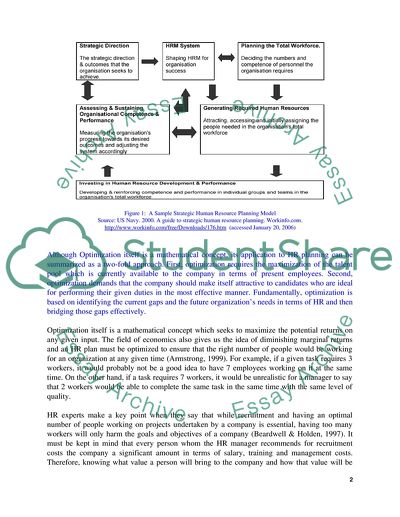Cite this document
(Human Resource Planning Research Proposal Example | Topics and Well Written Essays - 2500 words, n.d.)
Human Resource Planning Research Proposal Example | Topics and Well Written Essays - 2500 words. https://studentshare.org/human-resources/1535872-human-resource-planning-manpower-planning
Human Resource Planning Research Proposal Example | Topics and Well Written Essays - 2500 words. https://studentshare.org/human-resources/1535872-human-resource-planning-manpower-planning
(Human Resource Planning Research Proposal Example | Topics and Well Written Essays - 2500 Words)
Human Resource Planning Research Proposal Example | Topics and Well Written Essays - 2500 Words. https://studentshare.org/human-resources/1535872-human-resource-planning-manpower-planning.
Human Resource Planning Research Proposal Example | Topics and Well Written Essays - 2500 Words. https://studentshare.org/human-resources/1535872-human-resource-planning-manpower-planning.
“Human Resource Planning Research Proposal Example | Topics and Well Written Essays - 2500 Words”. https://studentshare.org/human-resources/1535872-human-resource-planning-manpower-planning.


